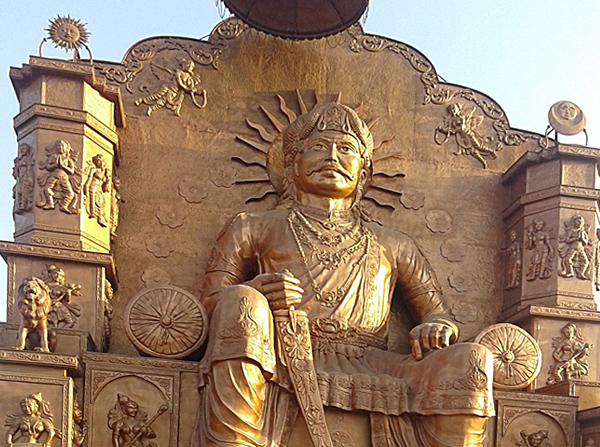
There are many legends about king Vikramaditya, of which the two most popular works are the Vetala Panchavimsatika (25 tales of the vampire) and the Simhasana Dvatrimiska (32 tales of the throne). The former has been translated into English many times beginning with the rendition by Sir Richard Burton in the 19th century. The latter has received comparatively less attention.
The Simhasana Dvatrimiska opens up a colourful world, full of adventures and miracles. At its centre is the Royal Throne or Simhasana of Vikramaditya supported by dvatrimsat or thirty-two statues of celestial nymphs. It is believed these statues narrate the stories of Vikramaditya’s accession to throne, his adventures, last battle and death after which throne was hidden as there was no one worthy of occupying it. Years later the throne was believed to have been discovered by King Bhoja of Dhara. But every time he attempted to ascend it, the statues brought forth a tale of Vikramaditya’s valour, throwing King Bhoja into a state of doubt and indecision over his eligibility to the throne.
One one such occasion, one of the statuettes spoke about how Vikramaditya was an upholder of the king’s dharma. She said: Once upon a time a foreigner came to see the king. “O Deva Datta” asked the King “Where do you stay?” And the man replied, “I am a foreigner. I stay nowhere in particular, I travel all the time”.
What are the new things he had seen in course of his travels, the king asked. And upon being probed thus, the man opened up about a marvel that he had not been able to forget. “On the mountain where the sun rises, there is a great temple to Aditya, the sun god. The holy river Ganga flows there, a pillar of gold emerges from her midst and upon it sits a throne studded with nine gems. This golden column appears above ground level at sunrise and grows to reach the sun’s orb at noon. Then as the sun begins to set, it descends by itself and sinks in Ganga’s stream. This is the great marvel which I saw and it happens every day”.
The account stoked Vikrama’s adventurous spirit. And he reached the town that held the marvel, it was called Kanakaprabha. He prayed to the sun god, Aditya and then stayed the night at the temple. At dawn, soon after he had complete all his daily rituals and prayers, he witnessed the golden pillar rising from the waters. And with a quick leap, he jumped atop the pillar. As it neared the sun, the king’s body was scorched and soon he began to resemble a lump of the meat. Still it is said that the king did not, even for a moment, halt his prayers to the sun god, but that was until he fainted. Pleased, the sun god restored him to consciousness and offered the king a boon, anything he desired. The king was however ecstatic at having met the god and said that his desires had all been fulfilled at his sight. The sun god gave him his earrings, studded with nine gems saying “Take this pair of earrings. From the radiance of their rubies comes the light of my dawn. They will yield a shower of bright gold every day”.
As the sun god made his way out, the column began sinking back into the earth. But Vikramaditya was not done yet; he wanted to discover what lay at the root of the pillar. But this was the nether world and upon reaching there he met the goddess Prabha, beloved of the sun god and mother of the world. Seeing him there and pleased with his efforts, the goddess gifted him a divine jewel that could produce precious ornaments at will.
Finally the king made his way back to the earth, but on the way back to his kingdom he saw a poor Brahmin beggar and his wife. Moved by his plight, the king handed over the earrings that he had got from the sun god and the divine jewel from the goddess Prabha. Without a moment’s hesitation the king had handed over all that he had received from the gods, and so said the statuette, King Bhoja, if you have such daring, generosity and fortitude, then you may mount upon this throne. Bhoja stepped back, his hesitation getting the better of him and the statuettes waiting silently for his next attempt and their next story.
Story collected by: Shweta Joshi Dixit
Source: Sanskrit to English translation of Simhasana Dvatrimsika by A N D Haksar







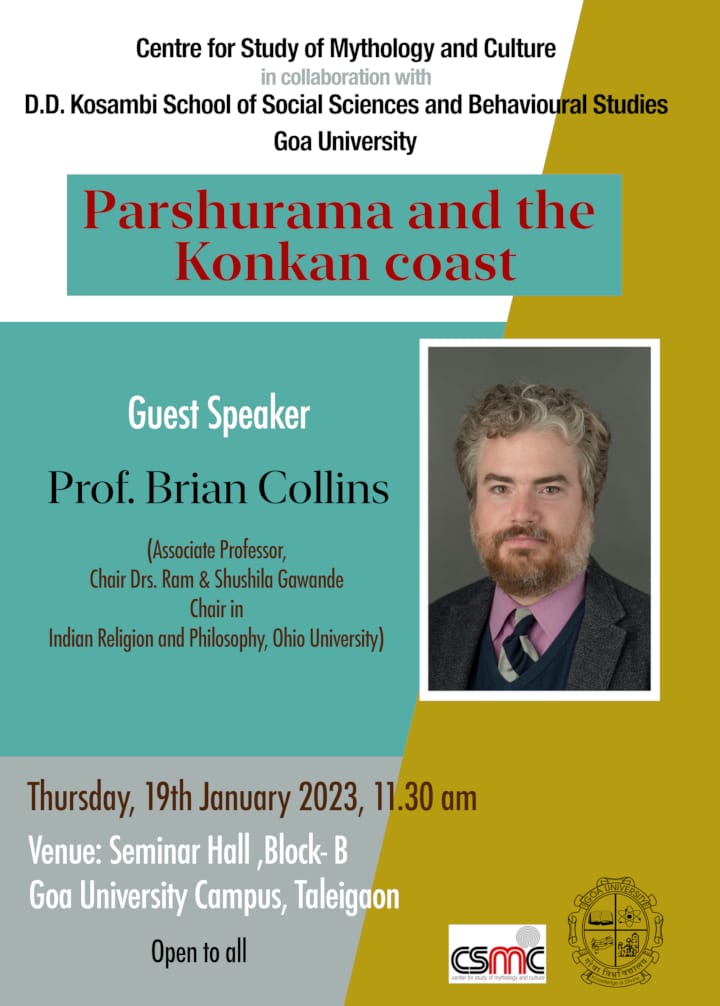
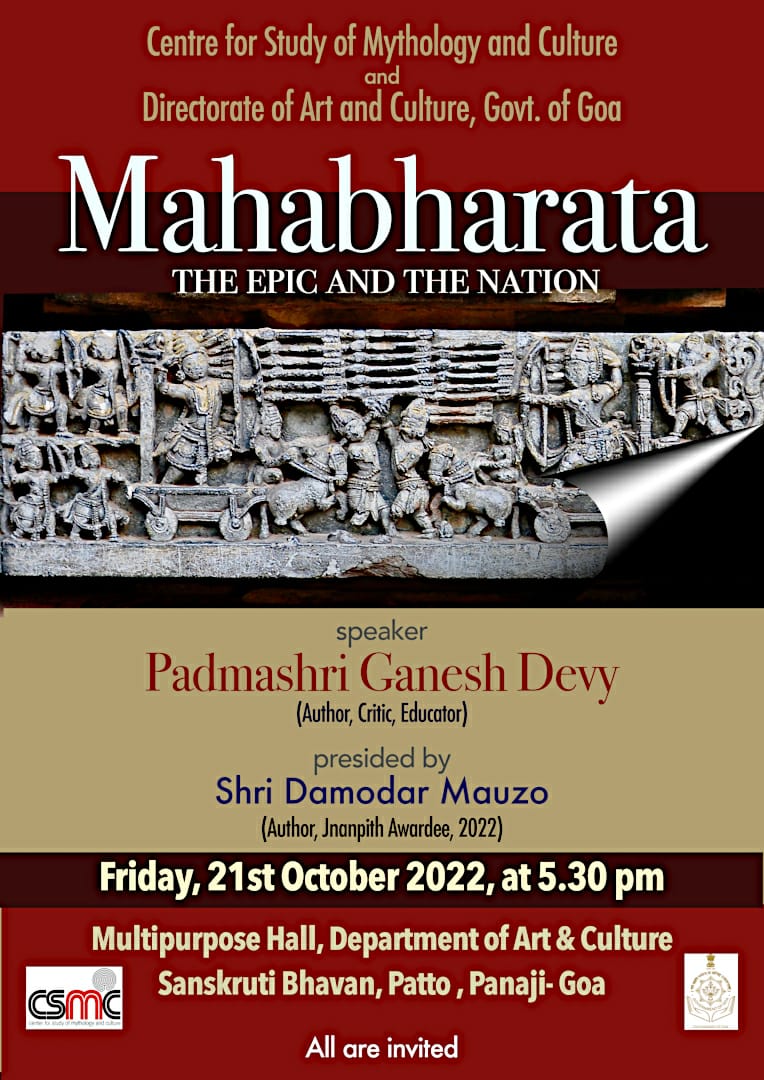
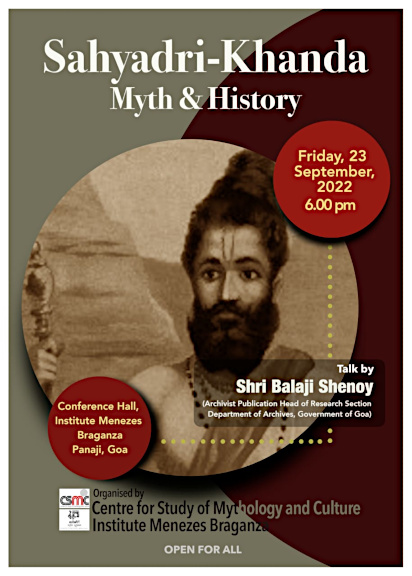
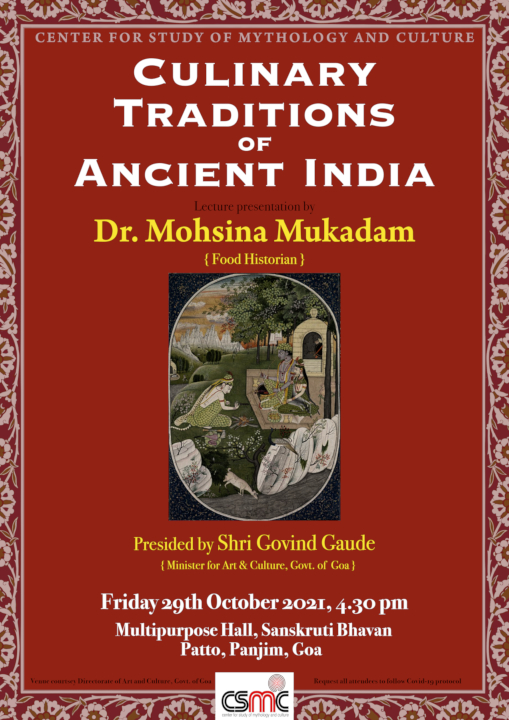

Leave a Comment